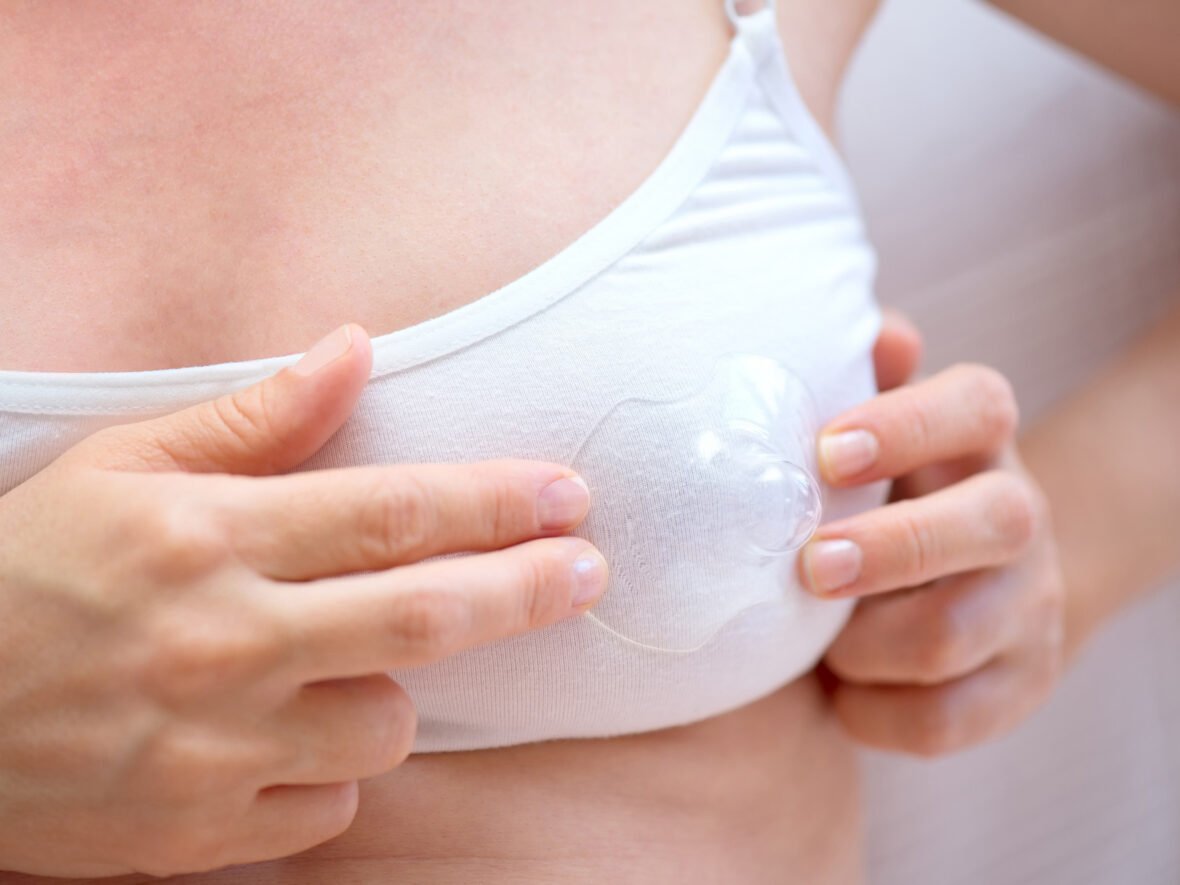
How to Choose the Right Sized Breast Shield
Breast Shield – How to make sure they fit!
All Medela’s personal-use and hospital grade breast pumps need breast shields to work. A breast shield is a plastic funnel that you place over your breast to express your milk with a breast pump.
Everybody is different, and we have all different size breasts and nipples. Sometimes we even have two different size breasts or nipples! The moral of the story – one breast shield size does not fit all.
That is why Medela offers a broad range of breast shield sizes to meet everybody’s needs. Healthcare professionals agree that proper breast shield fit is essential, not only for comfort, but also to express milk effectively.
It is important when purchasing or renting a breast pump to ask your provider to assist you in choosing a breast shield that is the right size for you.
(Most pumping starter kits come with a size 24 PersonalFit Breast Shield, however this is not to say that it is the right size for you. An additional purchase may need to be made if you require a different size.)
At New Mummy Co we stock a wide range of breast shields for both Ameda & Medela breast pumps. All are available at our store shop.newmummycompany.ca
Pumping should not hurt or feel uncomfortable. Breast pumps have different pressure settings and therefore it is important to adjust the suction level to achieve a maximum comfort level of vacuum. Once you find a level of suction that’s comfortable for you, it is important to perfect your pumping technique.
To see if your breast shield is the right size for you
- Start with the size 24 shield that comes with your pump, or in your starter pumping kit.
- Place your nipple into the center of the breast shield tunnel and gently hold your shield against your breast.
- Turn on your pump and adjust the vacuum to your maximum comfort level.
- Assess your nipple or have a lactation specialist do it for you. You should not feel any pain, even if you are suffering from dry or cracked nipples from nursing.
- Your whole nipple to fit comfortably in the shield tunnel, without rubbing off the sides of the tunnel – if the sides of your nipple are rubbing, size up.
- Your nipple should be able to move back and forth freely – if your shield is too small there may be some resistance that can cause sore nipples.
- If you have excess areola (the soft tissue around your nipple) in the tunnel, your breast shield is probably too big. If your breast shield is too big this can cause poor transfer of milk.
If pumping is causing you discomfort or pain, assess your breast shield size or consult a lactation specialist for help finding the right size for you. If your nipple is turning white while pumping or excess redness after a pumping session speak with a lactation specialist or your healthcare provider for assessment. Your breast shield size will depend on the elasticity and consistency of your breast tissue.
Beware not to press your breast shield too hard to your breast as this may block your milk transfer in your ducts and cause blocked ducts. It is important to massage your breast before and after pumping to loosen milk in the ducts and to prevent milk build up in your breast.
You may need a different size breast shield for each breast and that’s ok. Breast shields come in packs of two, which is helpful if your pumping regularly as having a back up never goes to waste! Your breast shield size may change if you pump or nurse for a long time as it is normal for nipple shape to change over the duration of your pumping or breastfeeding experience.

